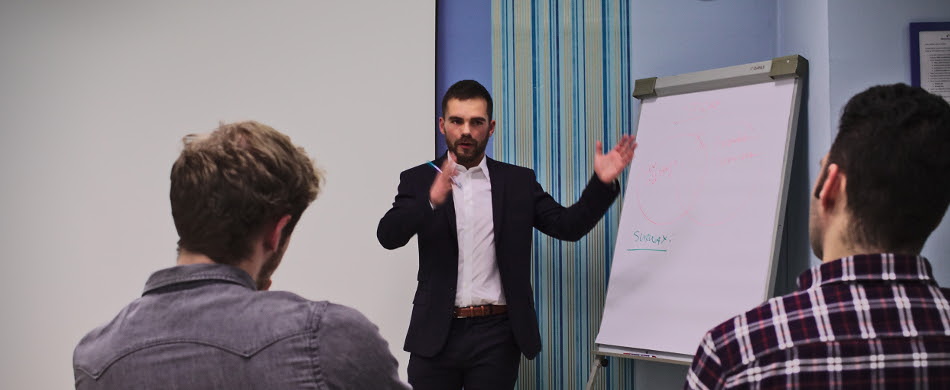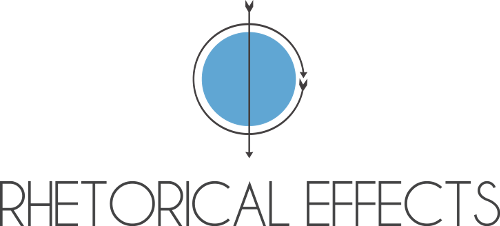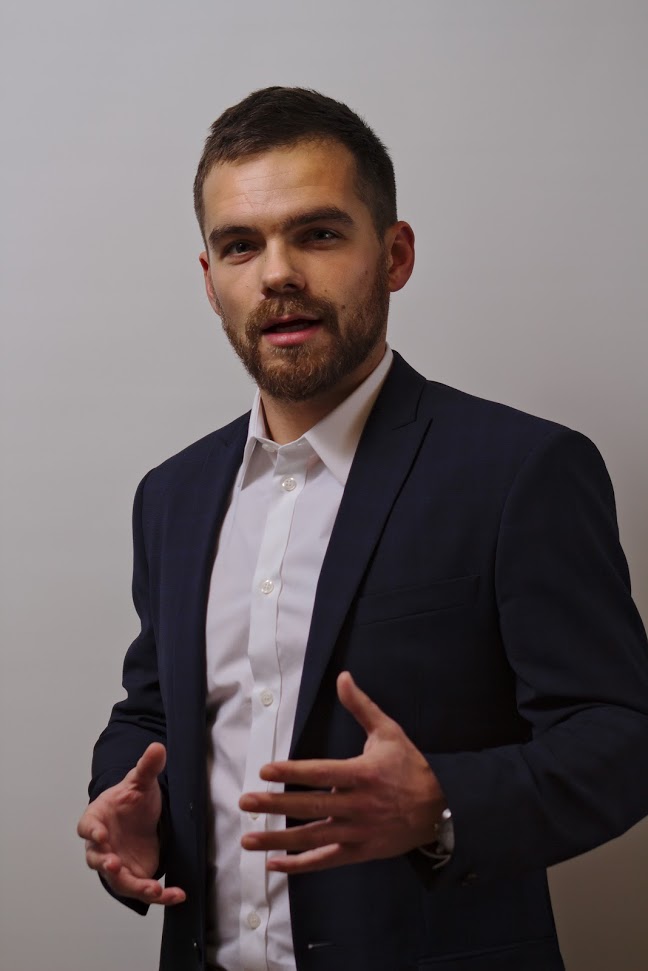
PUBLIC PRESENTATION
OBJECTIVES :
Did you ever wonder why everyone seems to know that the Great Wall of China can be seen from Space ? (even though – of course – it cannot) while no one seems to remember any of the facts and figures presented during your last management meeting (even though they are all true)?
This course teaches HOW to present your facts so that they live on in the mind of the audience and inspire them to take action.
WHY ?
Humans are natural born communicators.
We instinctively know how to organize complex information into stories to make our key-points understandable and inspirational.
The conundrum is that we often find it difficult to transfer these natural abilities into a professional context.
Here is an example:
We all have that colleague who cannot deliver a public presentation to save his life, but comfortably entertains half the office during lunch breaks with stories about fixing the thermostat in his basement.
This – to a larger or lesser degree – holds true for all of us.
That is why we have designed this course to infuse your professional presentations with the same natural persuasiveness that runs at the heart of your best stories.
HOW ?
Storytelling:
In this course we borrow a page or two from Obama’s rhetorical playbook.
Obama is widely recognized as one of the best speakers of our time. Such skill is built over many years but rests firmly on a foundation of storytelling.
Inspired by Obama we will be using tools such as plot, conflict, emotional language and details that address our senses. And we will demonstrate how these tools can effectively be applied in a professional context.
Design a sticky message:
We will teach participants how to design a Key-Message that sticks with the audience.
The urban myth about the Chinese Wall teaches us that quality and abundance of information is not sufficient.
We also need to know how to present data and facts in a way that sticks with our audience. Research shows that if we make our Key-Message clear, surprising and concrete there is a much higher probability that it will stick.
Using Power Point correctly is another way to make sure that your Key-Message stays with the audience long after they leave the room. We are sure you will agree that this is an essential component of effective communication.
Present comfortably:
The real key to becoming a powerful and comfortable public speaker is practice. There is simply no substitute.
As Mark Twain famously said: “There is nothing that training cannot do. (…) it can debase angels to men and lift men to angels. And it can do any of these miracles in a year — even six months.”
With this in mind we will put you to work. Stories and stickiness will serve as the springboard providing your employees and leaders with the bounce needed to take their presentations to the next level.
We will film and review the presentations of participants as this is, in our experience, the most effective way to rapidly improve public performance.
In short this course delivers a structured framework and a set of tools that allow participants to field test their public performance in a comfortable atmosphere with competent feedback.
WHO ?
The course will be tailored to the number of people in your team and their needs.
The course is designed for the people who represent your company in public settings such as conferences, seminars and sales. It can however be adjusted to fit the needs of any group of employees. We just need to know in advance.
With smaller groups of up to 10 people the course will be delivered as a workshop during which participants will have time to use rhetorical tools in praxis.
With groups of more than 10 people the course will mainly take the form of a presentation but with interactive sessions to make points and key-messages stick with the audience.
Seher AltinkayaInteractive workshop with highly skilled keynoter. Rhetorical Effects provided us with a range of practical rhetorical tools that were easy to apply in our professional context. The speaker stressed the importance of using concrete examples which enabled participants to effectively communicate their key-message in a memorable way.

